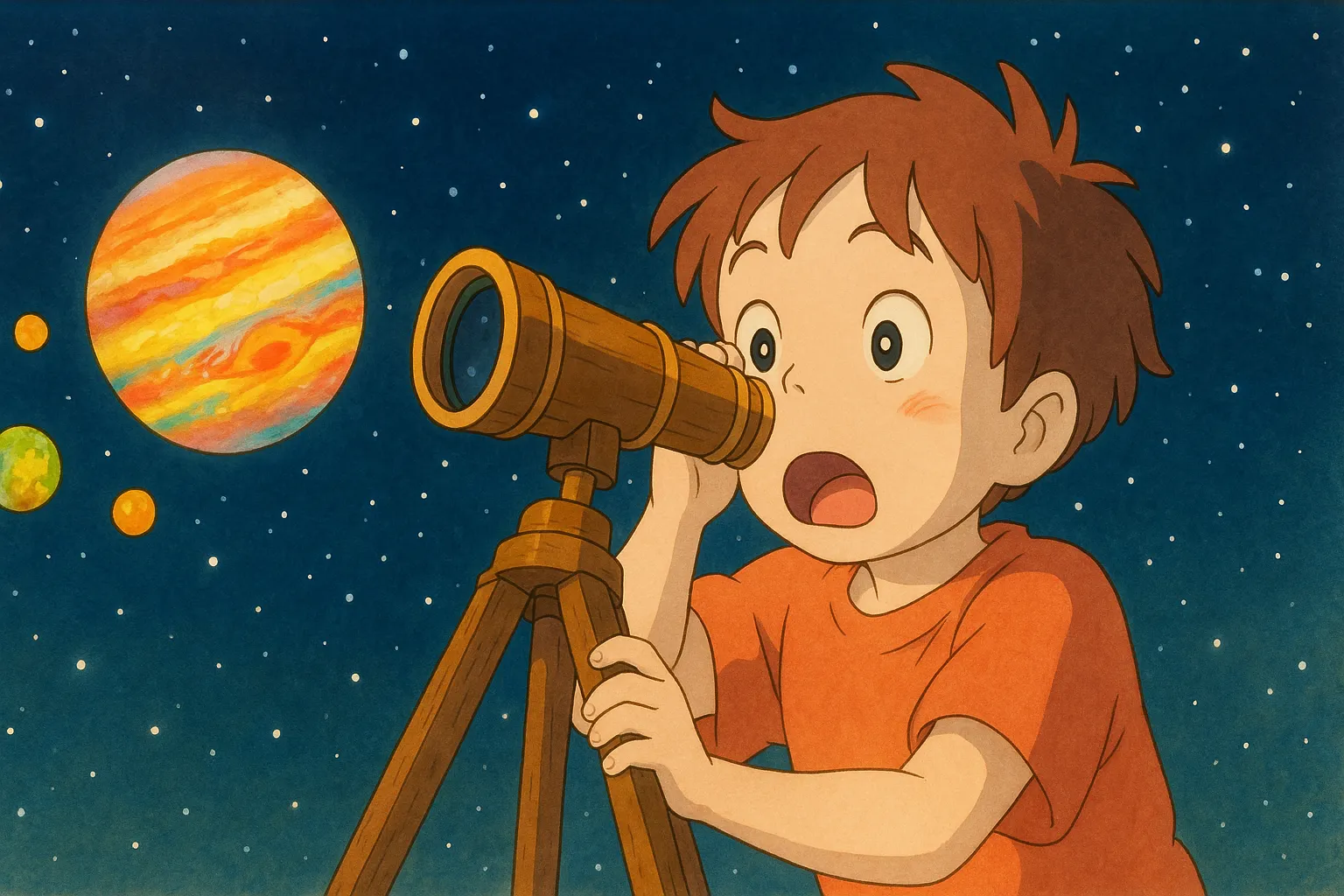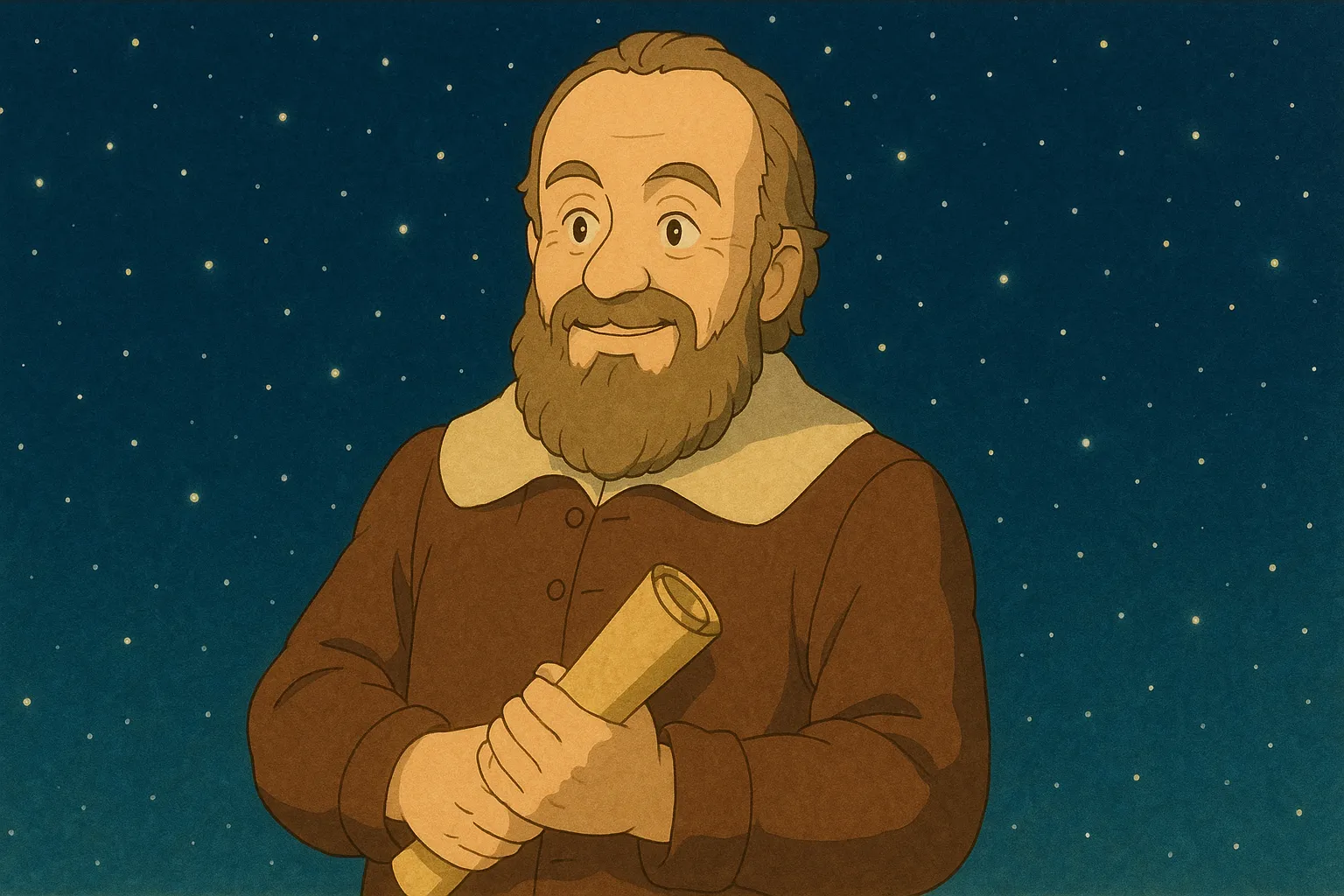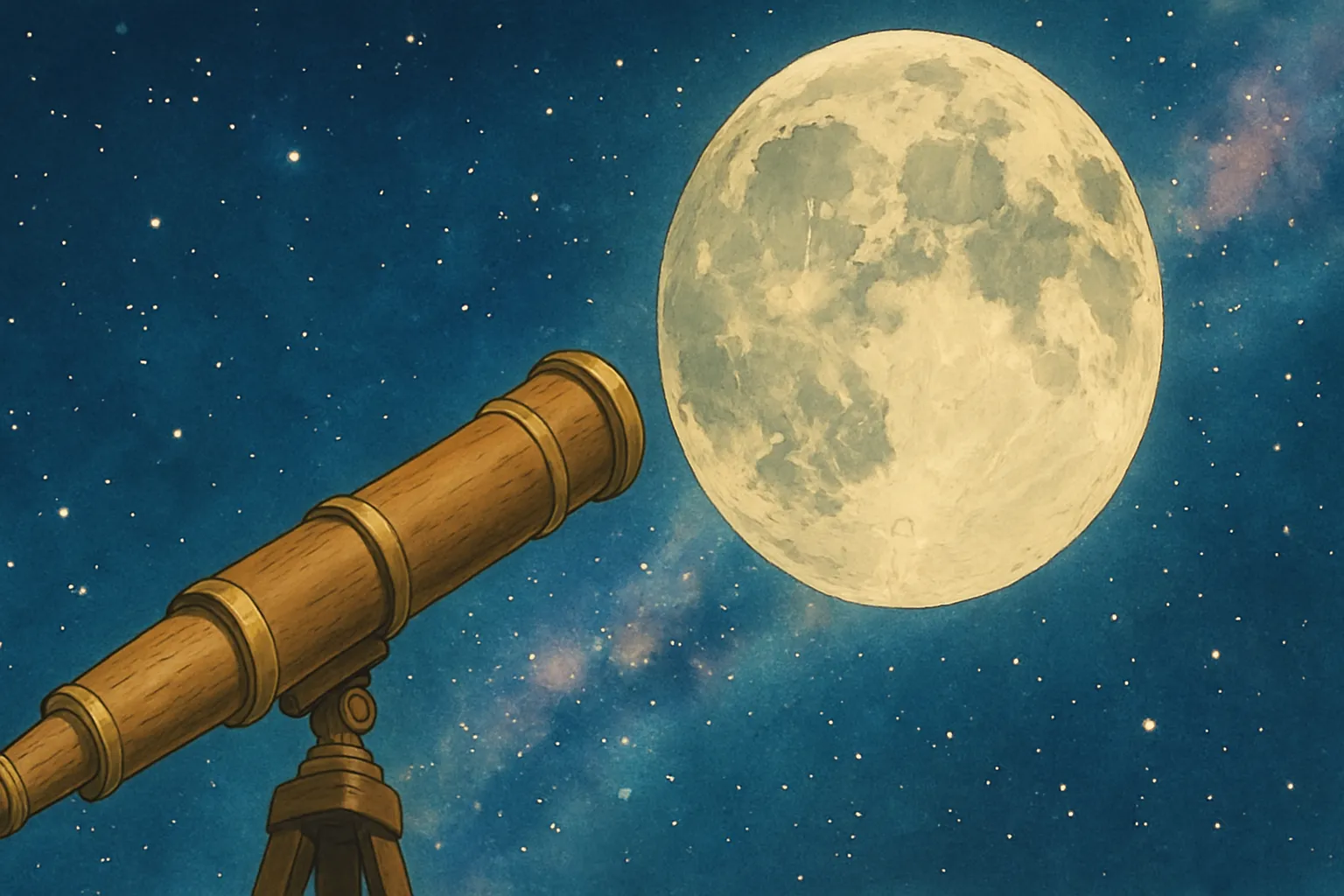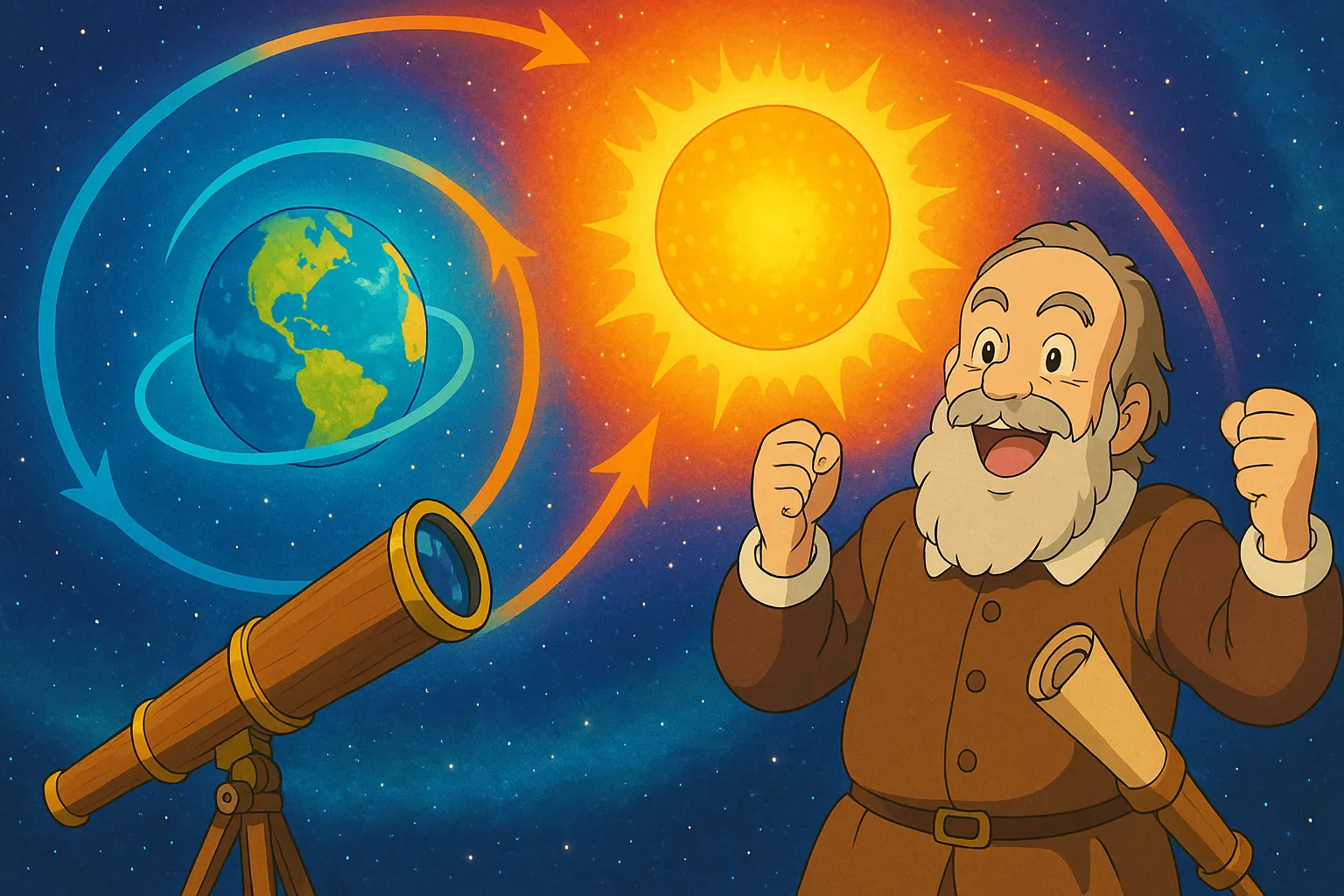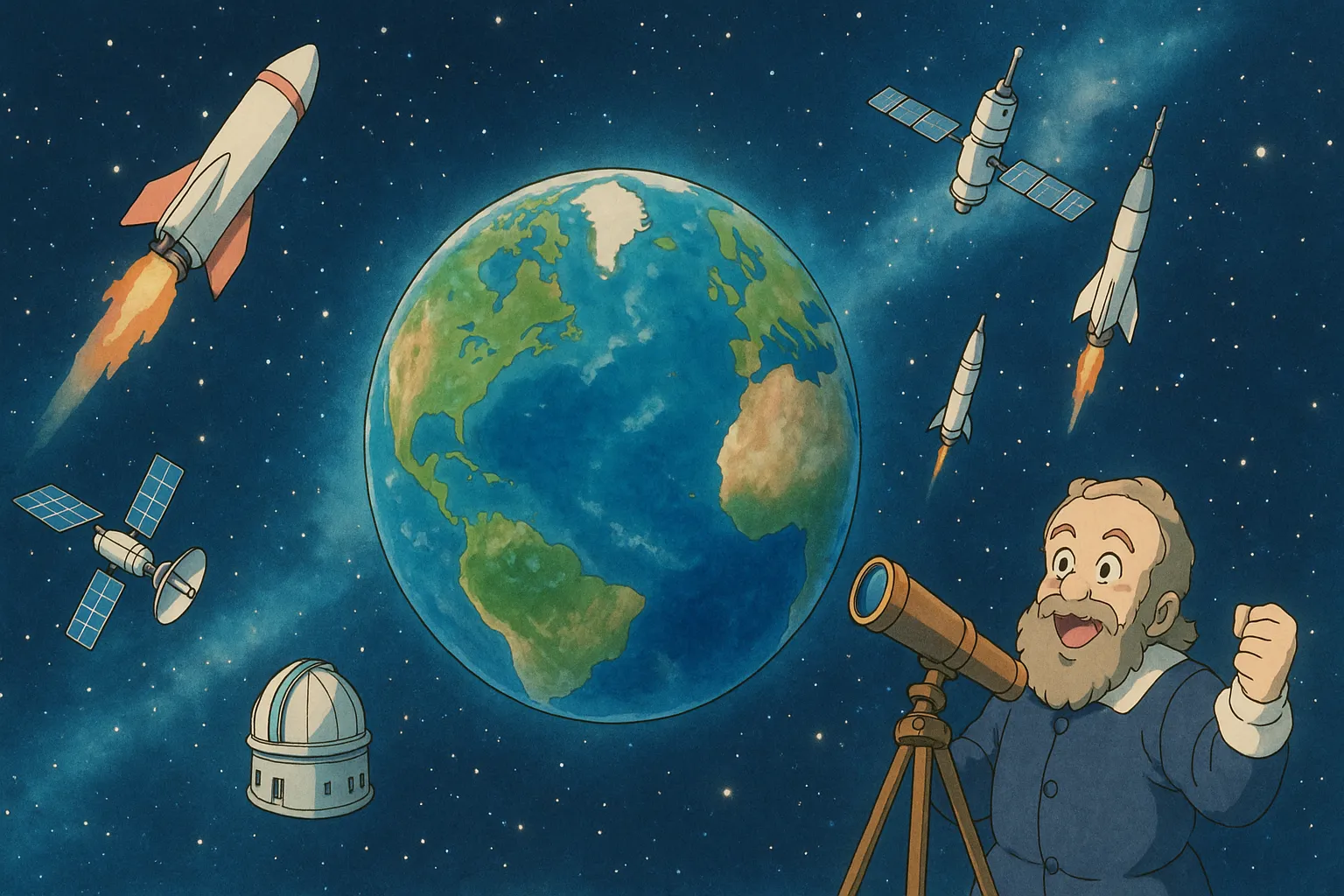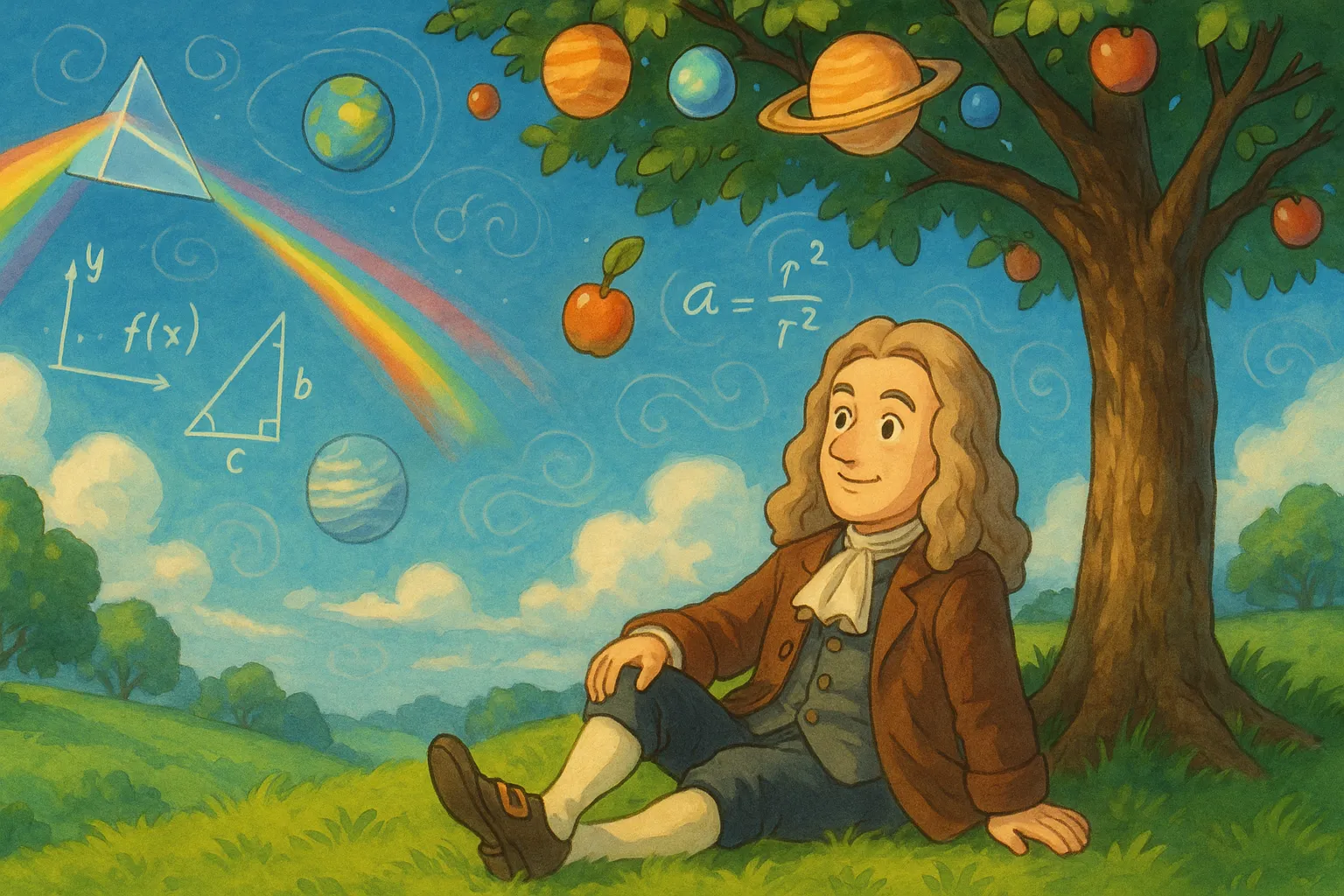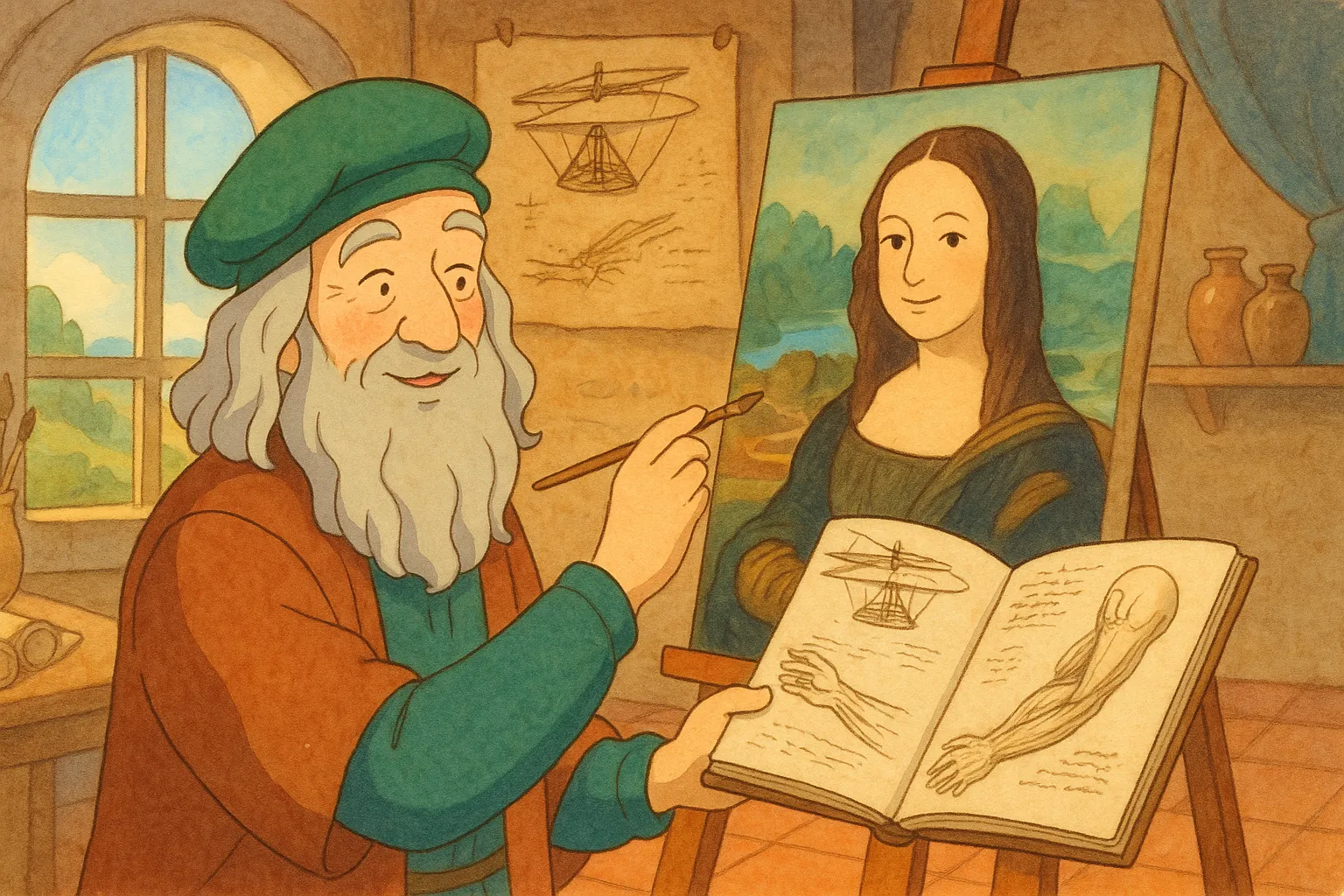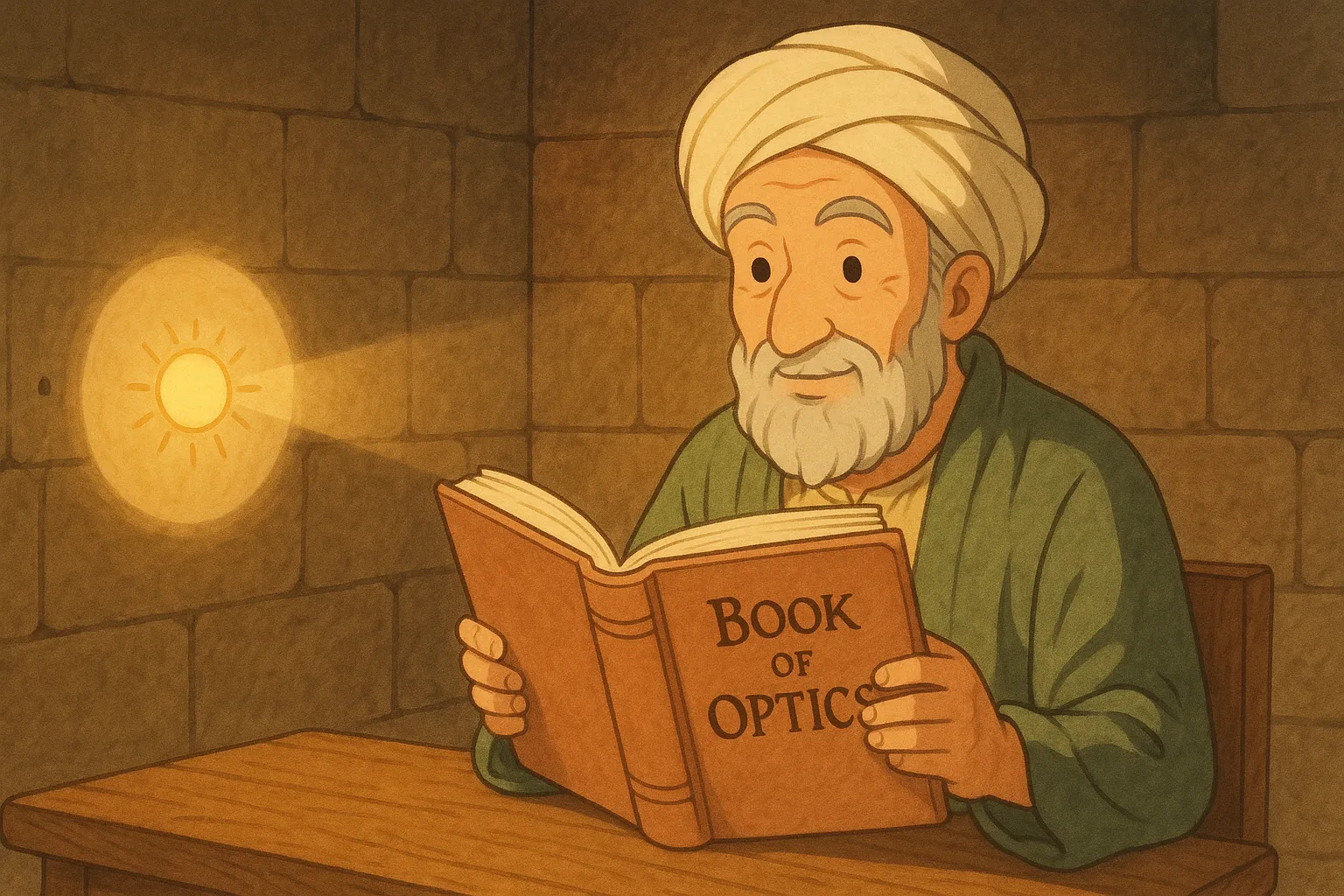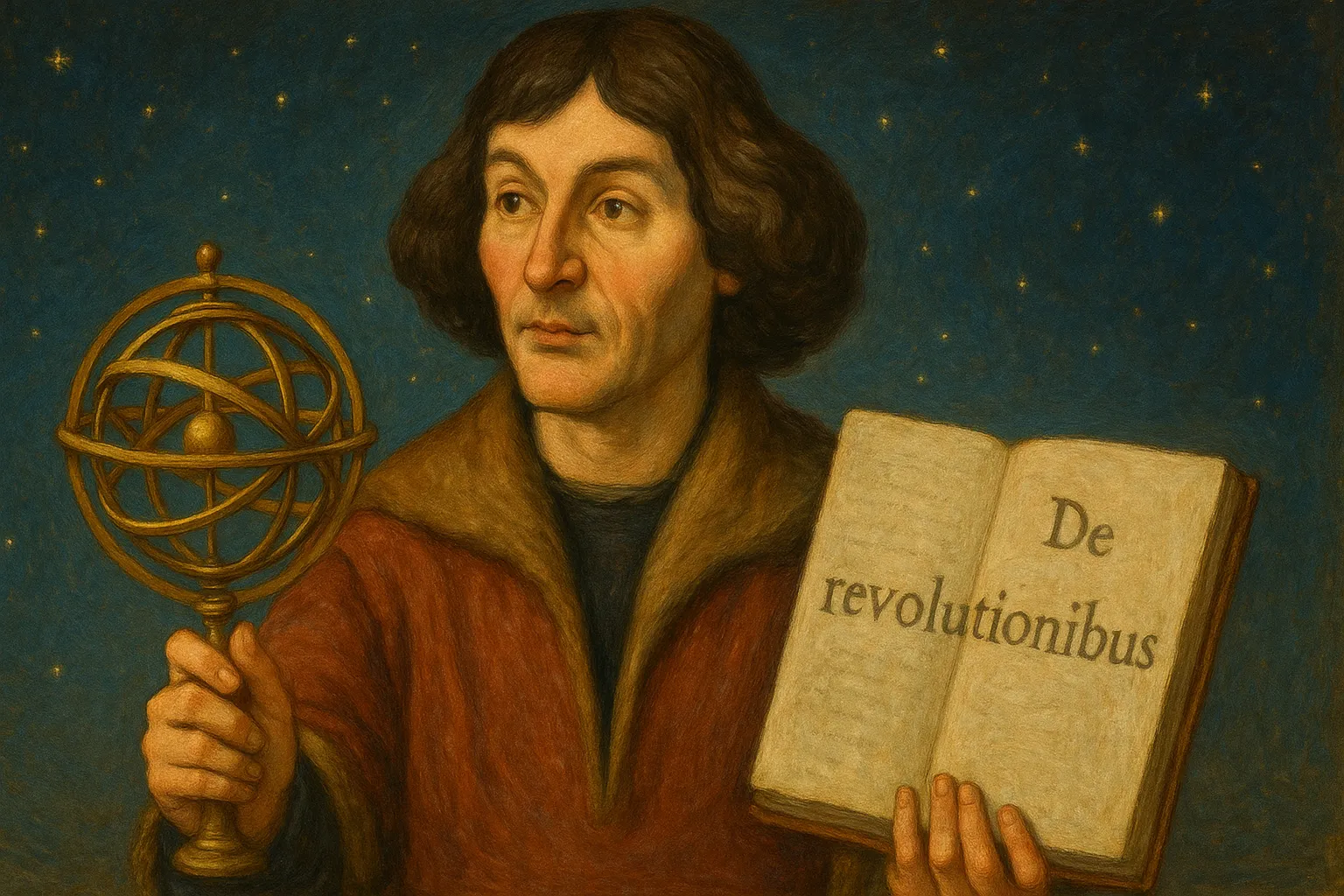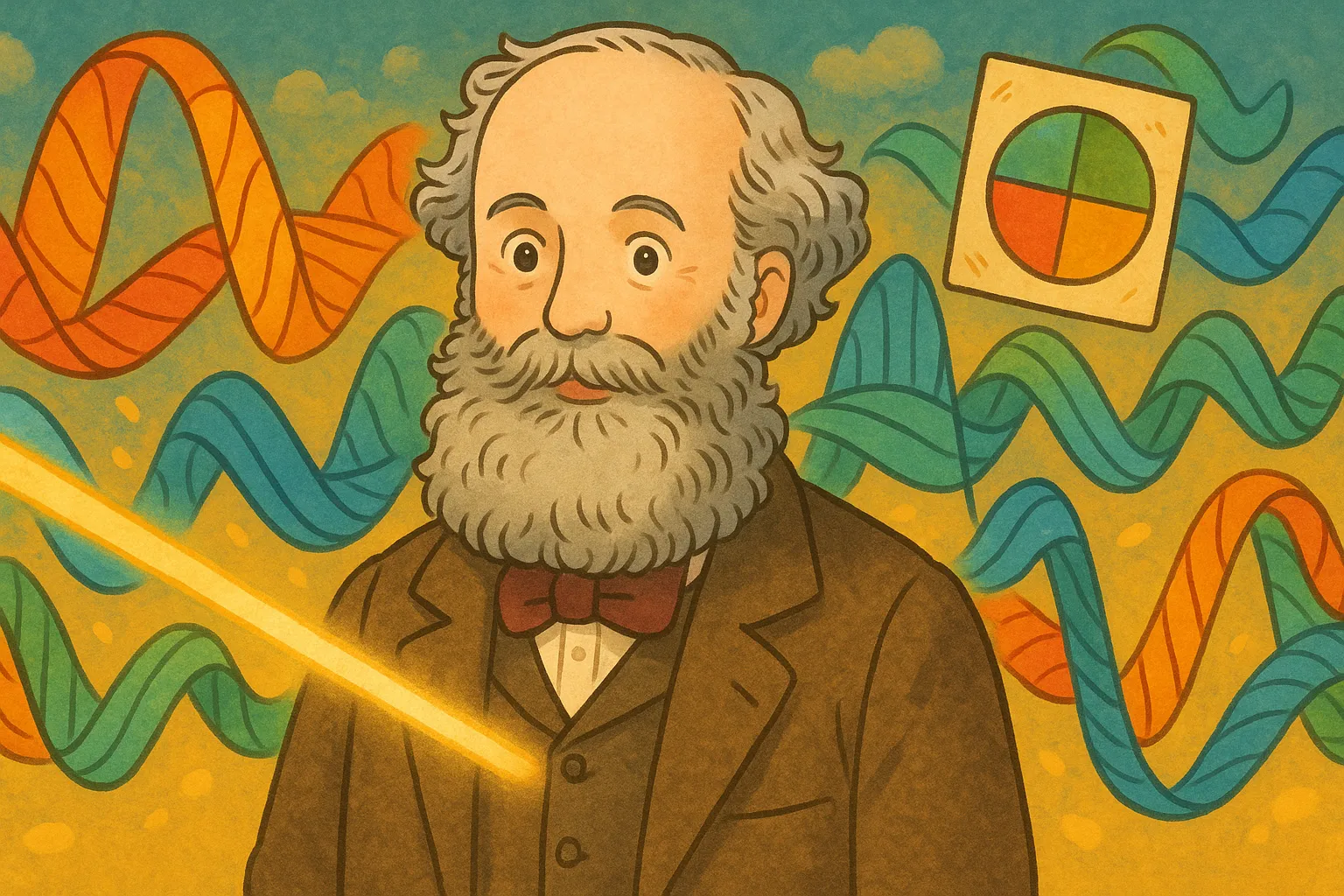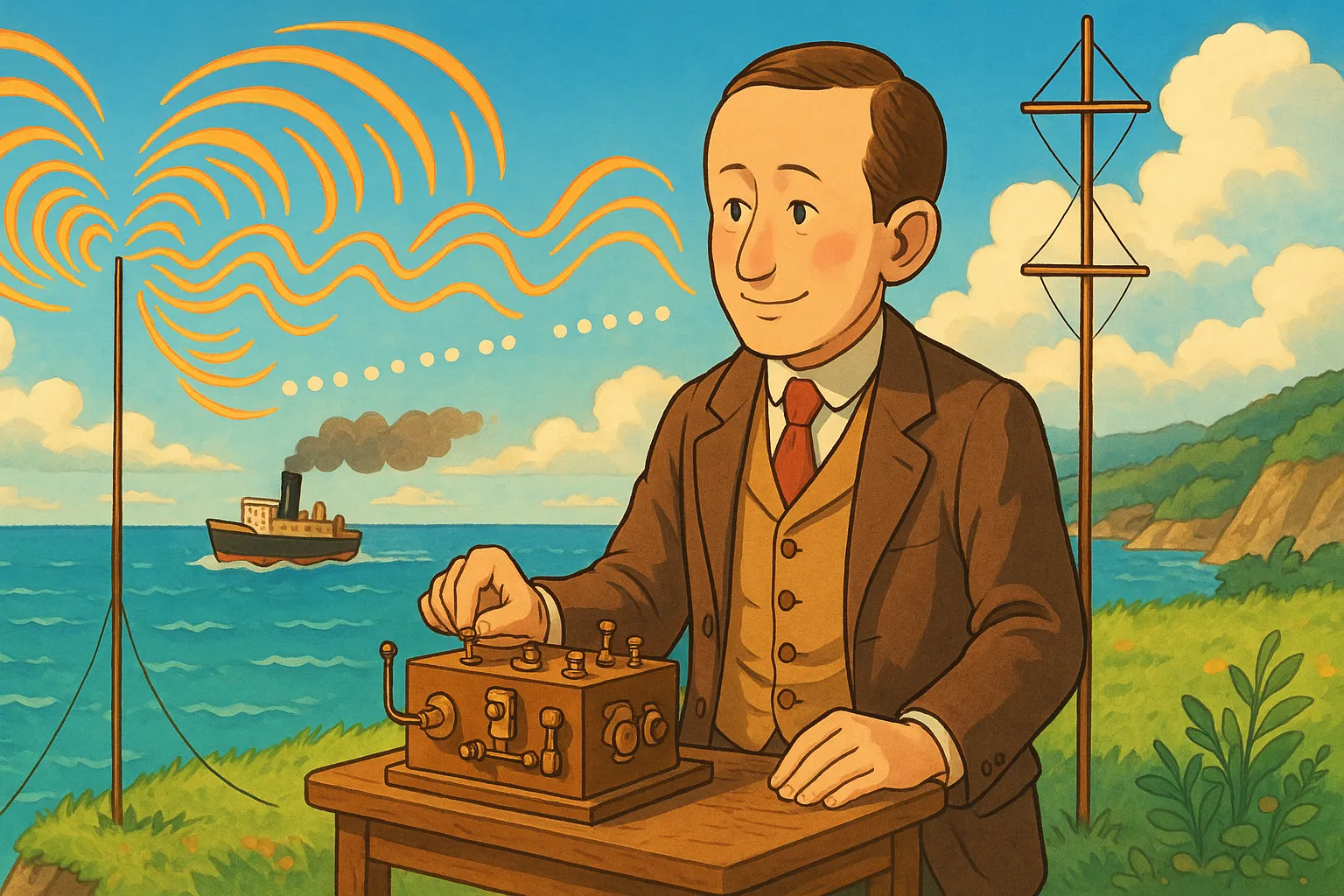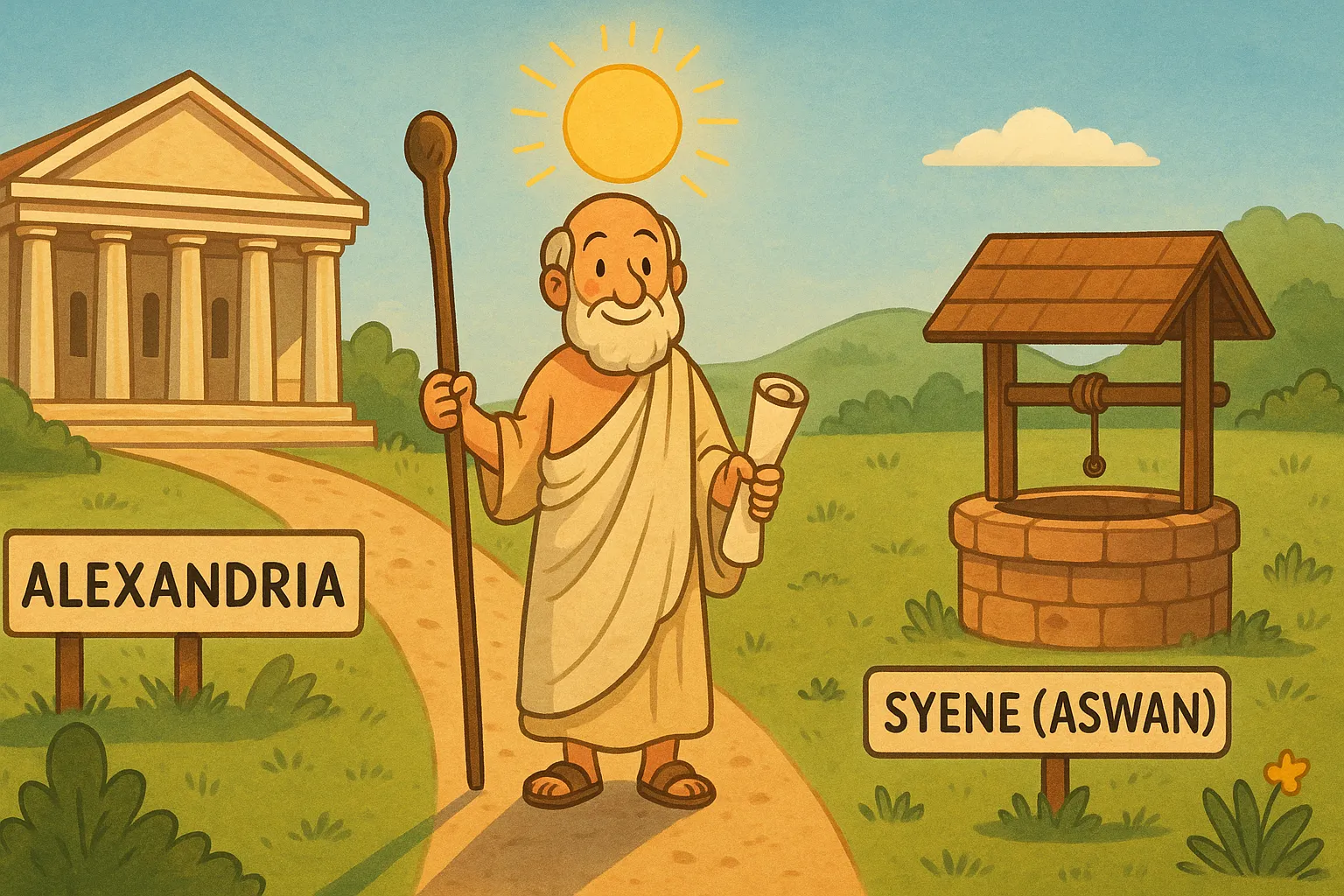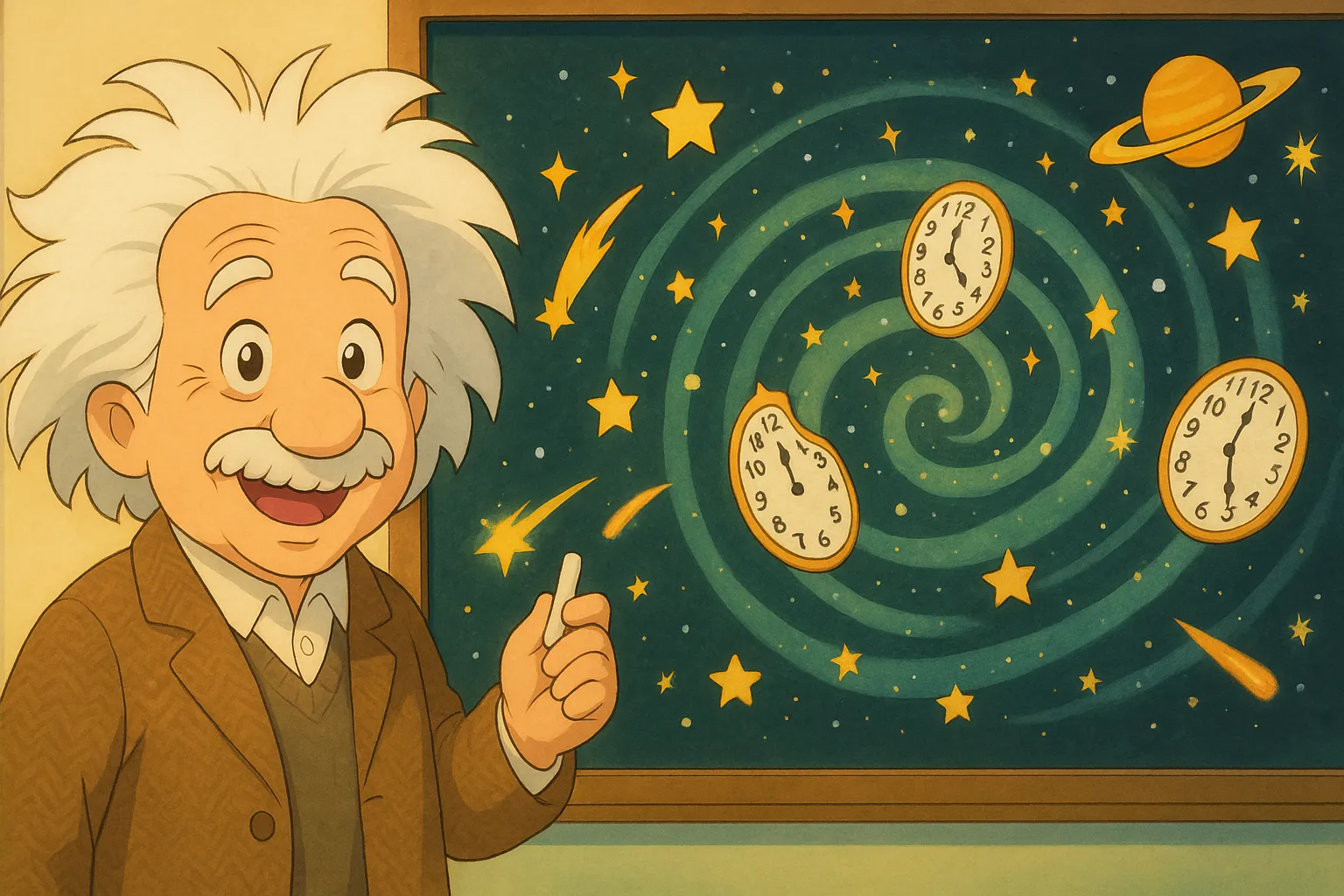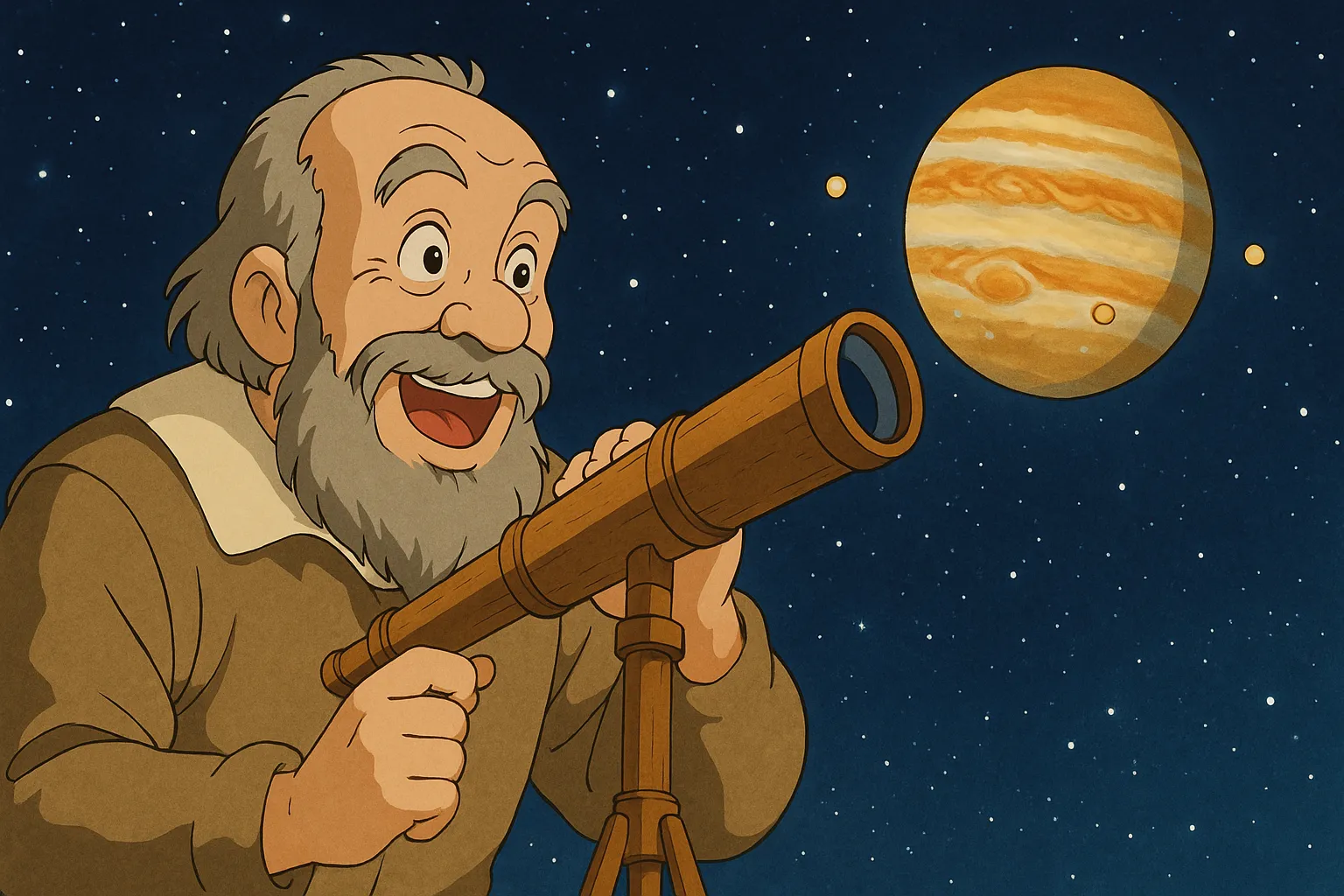
Frequently Asked Questions
When and where was Galileo born and when did he die?
Galileo was born in Pisa, Italy, on February 15, 1564, and died in Arcetri (near Florence) on January 8, 1642.
Did Galileo invent anything besides improving the telescope?
Yes. He developed the thermoscope (a precursor to the thermometer), improved military compass designs, and made refinements to telescopes and lenses.
What important books did he write?
Key works include Sidereus Nuncius (Starry Messenger) and Dialogue Concerning the Two Chief World Systems, which presented observations and arguments about astronomy and physics.
What happened to Galileo during the Inquisition?
Galileo was tried by the Roman Inquisition in 1633 for supporting heliocentric ideas. He was forced to recant and spent the rest of his life under house arrest.
How did Galileo contribute to physics?
He performed experiments on motion and falling bodies, challenged Aristotle’s ideas, and helped develop concepts of inertia and mathematical description of motion.
Was Galileo the first to use experiments in science?
He wasn’t the first, but he was a major pioneer in emphasizing observation, controlled experiments, and mathematical analysis as foundations of modern science.
Did Galileo have family or close relations who influenced his life?
His daughter Maria Celeste, a nun, maintained a devoted correspondence and cared for him. He also had three children and close scientific friendships and rivalries.
Did Galileo suffer health problems later in life?
Yes. In his later years he suffered from poor health and became almost completely blind by 1638, yet he continued to work on scientific problems.
How did Galileo influence later scientists?
His methods and discoveries influenced figures like Kepler and Newton, helping shift science toward observation, experimentation, and mathematical laws.
Are there things named after Galileo today?
Yes. Many honors bear his name: lunar features, the Galilean moons’ name association, scientific prizes, institutions, and spacecraft like the Galileo mission to Jupiter.
